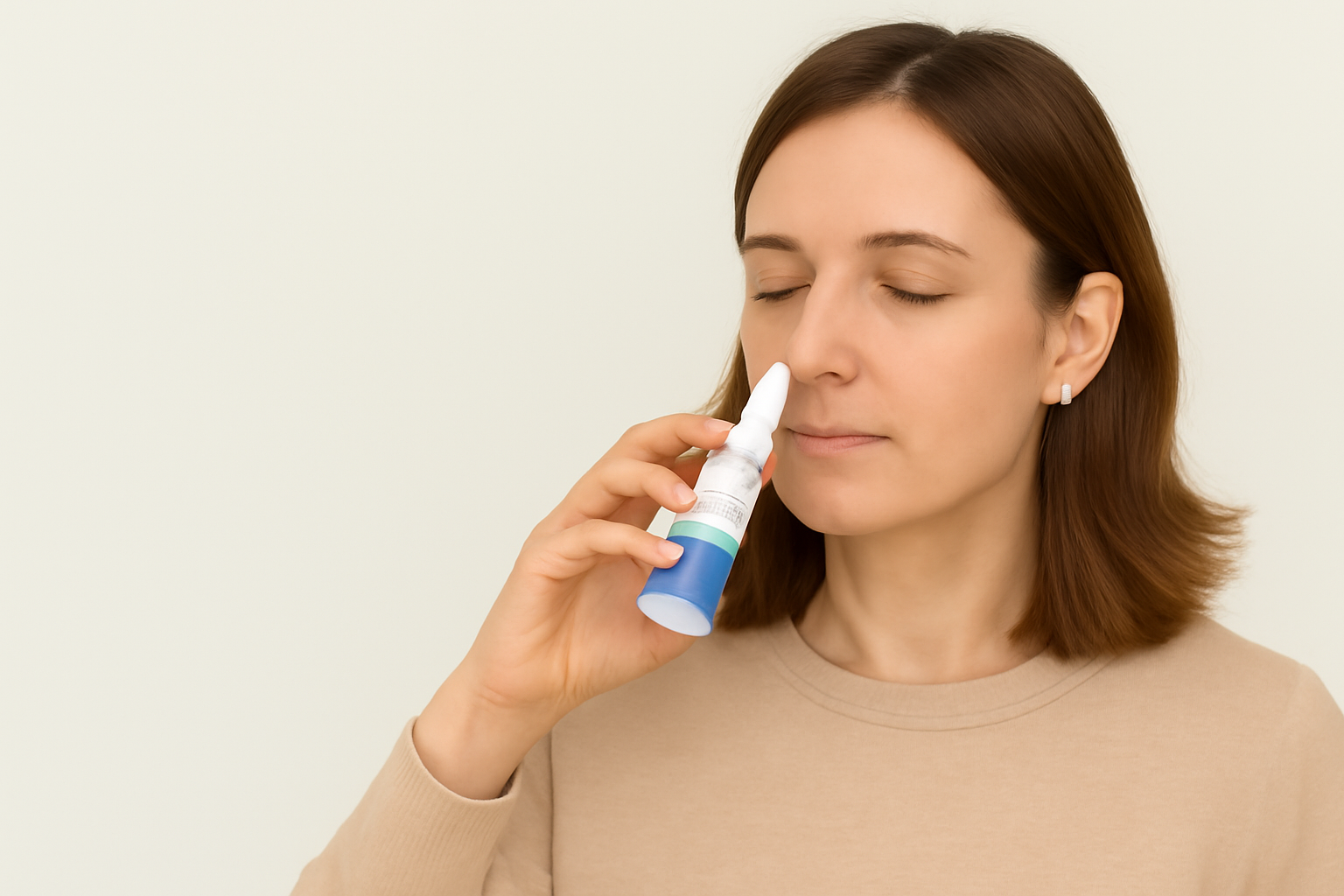The COVID-19 pandemic has brought forth numerous discussions surrounding virus transmission and prevention. As one of the most widely discussed viral diseases of modern times, the coronavirus disease (COVID-19), caused by SARS-CoV-2, has sparked interest in ways to mitigate its transmission and severity. Among the potential strategies for alleviating viral impact, the use of nasal saline irrigations has gained attention.
This article delves into the potential benefits and safety concerns surrounding nasal saline irrigations in the context of COVID-19, shedding light on how this simple therapy may play a role in both prevention and symptom management.
Nasal Saline Irrigation and Its Impact on Viral Infections
Nasal saline irrigation, a practice of rinsing the nasal passages with saline water, is widely used for managing chronic conditions like sinusitis and rhinosinusitis. However, with the emergence of COVID-19, questions have arisen about whether nasal irrigation could help reduce the viral load in the nasal passages and potentially lessen the severity of viral infections, including SARS-CoV-2.
The nasal lining plays a crucial role in defending against viruses, bacteria, and other particles. It consists of a mucus layer that traps foreign particulates, which are then cleared by the cilia lining the nasal cavity. Saline irrigation works by physically removing mucus and particulates, improving mucociliary clearance, and providing hydration to the nasal mucosa. This can help prevent congestion and facilitate the removal of viral particles.
The Efficacy of Different Saline Solutions
There are two primary types of saline solutions: isotonic and hypertonic saline.
- Isotonic saline (0.9% sodium chloride) closely matches the body’s natural salt concentration, providing gentle irrigation that hydrates the nasal passages without causing irritation.
- Hypertonic saline (solutions with greater than 0.9% sodium chloride) has a higher osmolarity, drawing water out of cells, which can increase hydration and improve mucociliary function. Some studies suggest that hypertonic saline may offer superior benefits for managing sinonasal diseases, but it can also cause irritation, such as nasal burning or congestion, if used improperly.
Additives to Nasal Irrigations: Steroids and Povidone-Iodine
Steroid compounds like budesonide or mometasone are sometimes added to nasal irrigations for their anti-inflammatory properties, especially in managing chronic rhinosinusitis. However, their effectiveness in acute viral upper respiratory infections (URIs), including the common cold and COVID-19, is less clear. Some studies suggest no significant benefit in terms of symptom control, although corticosteroid nasal sprays did not lead to adverse effects.
Povidone-iodine, a common antiseptic, has also been investigated for its potential to reduce viral load in the nasal cavity. Studies have shown that diluted povidone-iodine rinses can significantly reduce viral titers of previous coronaviruses, though more research is required to determine its effectiveness and safety for COVID-19. The use of povidone-iodine could serve as a supplementary measure in preventing viral transmission, but caution is necessary regarding its potential side effects, such as cilio-toxicity, especially in high concentrations.
Risks and Safety Considerations
While nasal saline irrigations offer promising benefits, there are concerns about the potential for viral shedding and contamination during the process. The act of irrigating the nasal passages could theoretically increase the risk of viral transmission by dispersing viral particles into the environment. Furthermore, nasal rinse bottles and surrounding surfaces can become contaminated, creating the potential for indirect transmission.
To mitigate these risks, it is essential to practice good hygiene, including:
- Thorough cleaning of rinse bottles and surrounding surfaces.
- Regular handwashing to avoid the spread of viral particles.
Conclusion
Nasal saline irrigations, especially when combined with hypertonic saline, may offer an effective and safe adjunct for reducing viral load and easing symptoms during a respiratory viral infection like COVID-19. Though more studies are needed to confirm their role in SARS-CoV-2 prevention, their established benefits in mucosal hygiene and viral load reduction make them a promising option for patients and healthcare workers alike. As we continue to fight the pandemic, these simple yet effective practices may help in both prevention and symptom management.
It is crucial to remember that while nasal irrigation can offer significant benefits, it should be used as part of a broader strategy that includes social distancing, mask-wearing, and other preventive measures. With proper hygiene practices, nasal saline irrigations could become an important tool in minimizing the spread and severity of COVID-19.






.png)